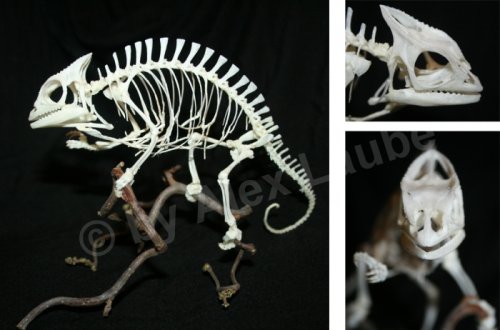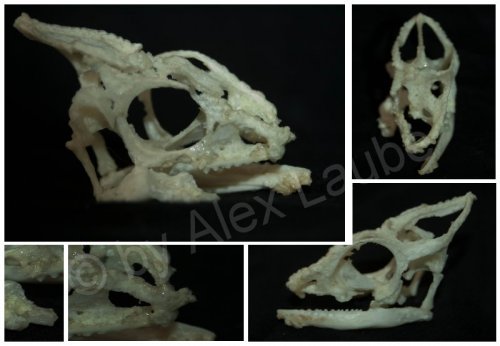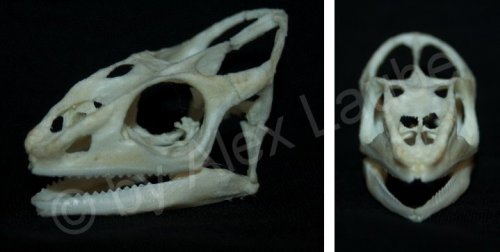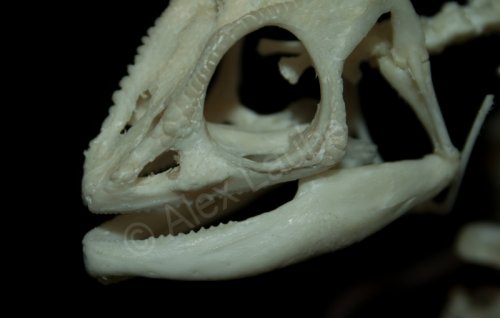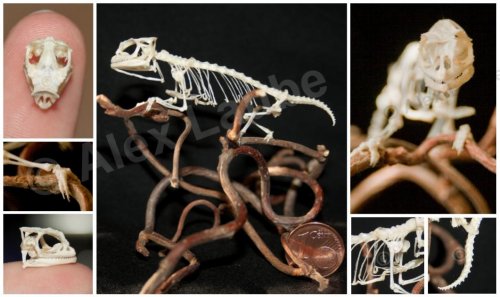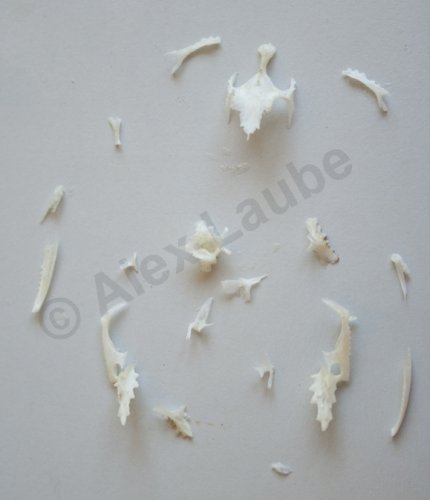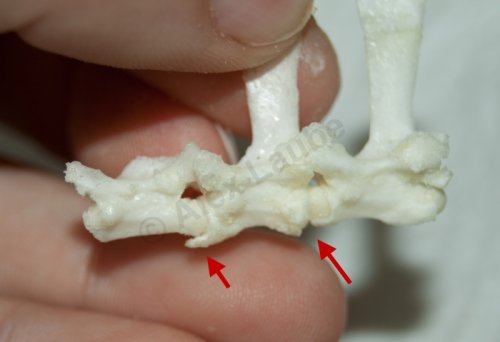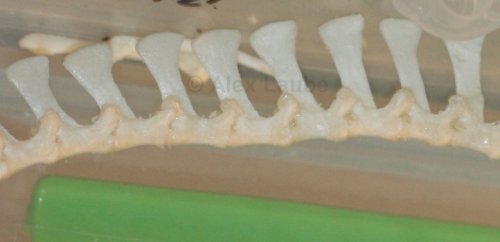Navigation
Install the app
How to install the app on iOS
Follow along with the video below to see how to install our site as a web app on your home screen.
Note: This feature may not be available in some browsers.
More options
You are using an out of date browser. It may not display this or other websites correctly.
You should upgrade or use an alternative browser.
You should upgrade or use an alternative browser.
Chameleon skeletons
- Thread starter Alexl
- Start date
chameleonfan101
Established Member
Very nice thread! Its super interesting! Thank you go helping continue learning about this beautiful creatures!
Niels Pedersen
Established Member
Does any one know this alex?
I have been trying to get in contact with her, but never heard from her.
Any one know her?
I have been trying to get in contact with her, but never heard from her.
Any one know her?
Alexl
Avid Member
Does any one know this alex?
I have been trying to get in contact with her, but never heard from her.
Any one know her?
Yes, some german chameleon keeper know me...
I don't know how you tried to get in contact with me, but I didn't get any e-mail. Maybe you tried the @hotmail-adress, that's the one I never use. I'll write you a PM
Alexl
Avid Member
To leave not only words this June... These are pictures from a male Furcifer pardalis, which had a real awful stomatitis, but I couldn't help him anymore. His whole head was just porous bone and pus. In fact, he had lost his right mandible, there are no teeth anymore in the left maxilla, his nose tip was completely disturbed and the bridge was rather a big cavity filled with pus and covered with skin. On his left mandible you can see a stage of inflammation beginning to break the bone.
What you might take as a message from this poor chameleon: Never say "It's nothing special, I don't need a vet yet" if you found anything looking like a little lesion in a chameleon's mouth.
And for comparison only, a picture from a healthy Furcifer pardalis head.
What you might take as a message from this poor chameleon: Never say "It's nothing special, I don't need a vet yet" if you found anything looking like a little lesion in a chameleon's mouth.
And for comparison only, a picture from a healthy Furcifer pardalis head.
Attachments
Alekthechameleon
New Member
They look like dinosaurs haha
Alexl
Avid Member
would any of these happen to be for sale?
No, I don't sale any of them
OMG! Thank you for all the pics!!! So just wondering is it posible to pay you to do that if Sunny ever passes away (Not anytime soon but it's going to happen) I was actually talking to my boyfriend a few weeks about perserving them and here you are showing off your awesome skills! 
Alexl
Avid Member
Need to correct myself. Two years ago, I said it's probably not possible to prepare something smaller than a Furcifer lateralis. Last autumn, I prepared some Archaius and I told people that it would be much more difficult to do a smaller chameleon. Well, it's possible either way. That's a Rhampoleon spectrum pictured below.
Depends on the bone size. I first try to scrape as much muscle as I can in bigger chameleons as Furcifer pardalis or Chamaeleo calyptratus. Then I'm dipping it once shortly, not longer than a second or two maybe. The muscle will start to bubble and foam. I'll let it dry and then go on with scraping and dipping.
You can only leave few bones inside 30% hydrogen peroxide for more than some minutes. Especially tiny heads (young chameleons, Kinyongia spp., Bradypodion spp.) are going to break into their bone parts. I added a picture of a Kinyongia head divided into its parts... that's nothing you really want to puzzle . You need to gain experience in time you can leave a bone inside the hydrogen peroxide, but you can simply begin and try some seconds with cleaned skulls or bones. If the result wasn't that white you wanted it, you leave it inside some minutes more. That's what I do and it works mostly. I'm curious to see some results if you tried this method.
. You need to gain experience in time you can leave a bone inside the hydrogen peroxide, but you can simply begin and try some seconds with cleaned skulls or bones. If the result wasn't that white you wanted it, you leave it inside some minutes more. That's what I do and it works mostly. I'm curious to see some results if you tried this method.
When u dip the bones with muscle still attached into the hydrogen peroxide, do u let it sit in the peroxide for awhile or just dip it and then scrape with the scalpel?
Depends on the bone size. I first try to scrape as much muscle as I can in bigger chameleons as Furcifer pardalis or Chamaeleo calyptratus. Then I'm dipping it once shortly, not longer than a second or two maybe. The muscle will start to bubble and foam. I'll let it dry and then go on with scraping and dipping.
You can only leave few bones inside 30% hydrogen peroxide for more than some minutes. Especially tiny heads (young chameleons, Kinyongia spp., Bradypodion spp.) are going to break into their bone parts. I added a picture of a Kinyongia head divided into its parts... that's nothing you really want to puzzle
Attachments
Cainschams
New Member
Really neat! Its really cool to see the tavetana skeleton since that is probably my favorite species. Really cool to see it disassembled. Thanks for sharing
Alexl
Avid Member
Here's some special preparation. It's the vertebral column of a very old Chamaeleo melleri with spondylosis. Some vertebrae already had ankylosed. I give you a picture of a healthy column from another chameleon to compare. Just for those who want to learn and don't see naked columns regularly  .
.



